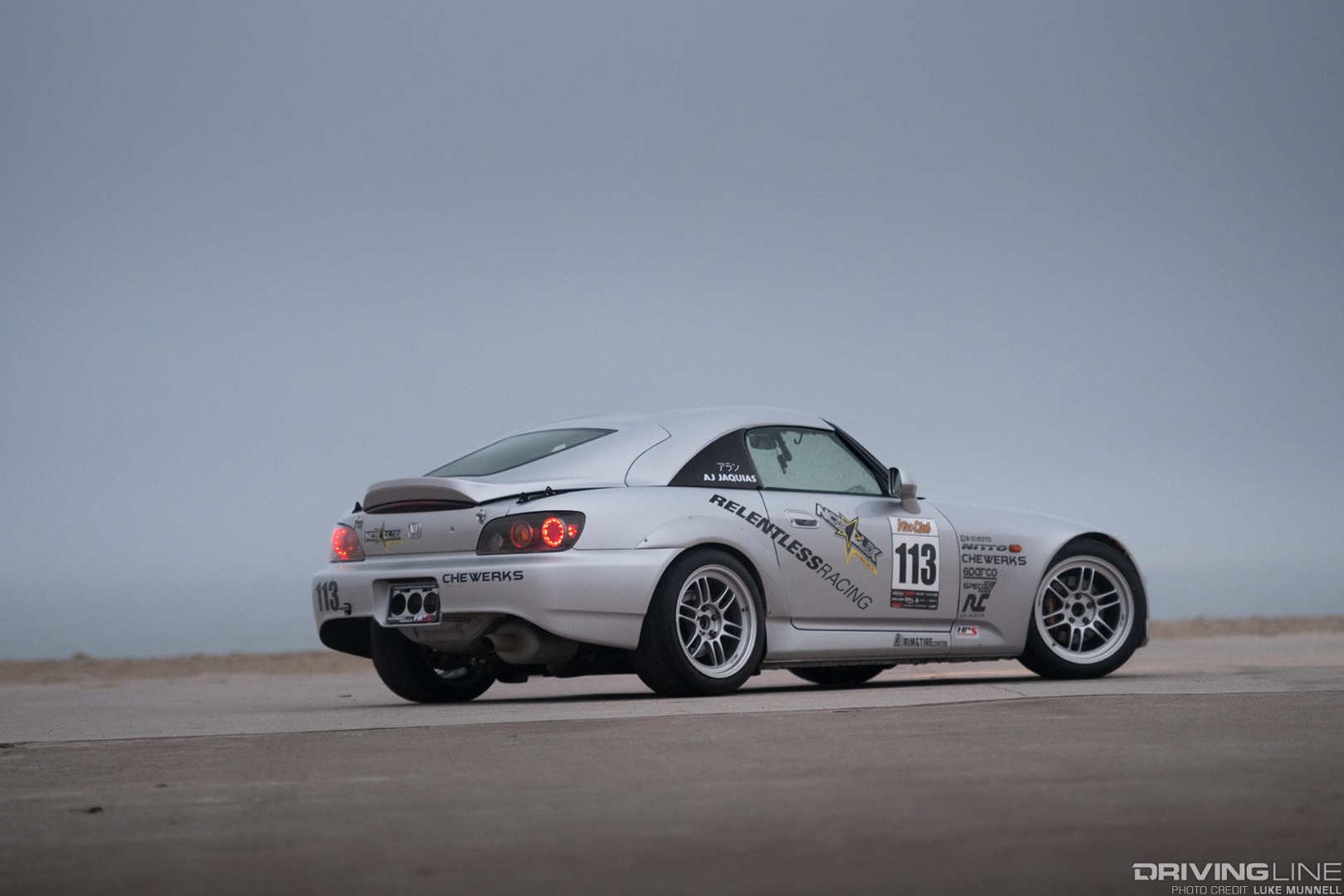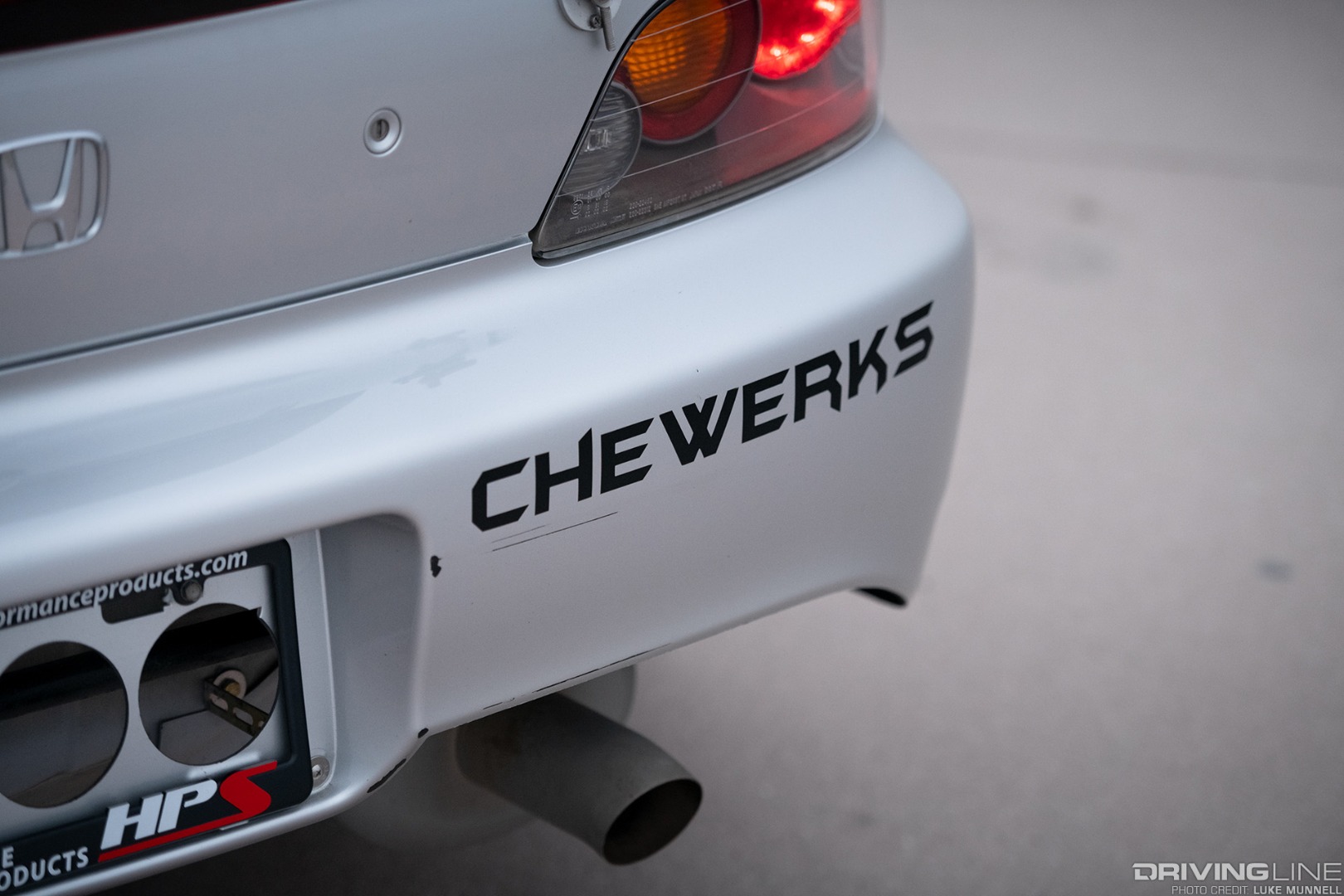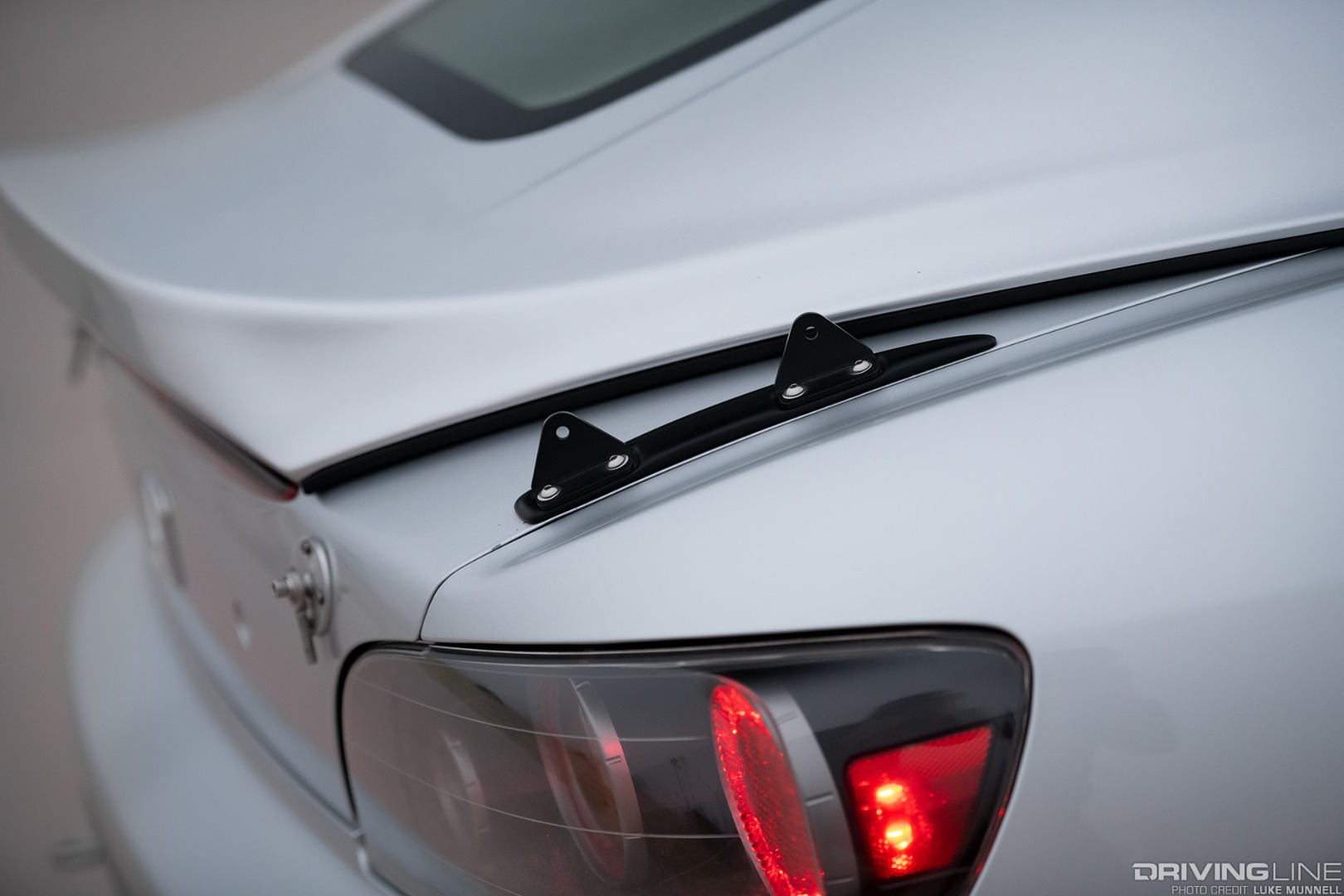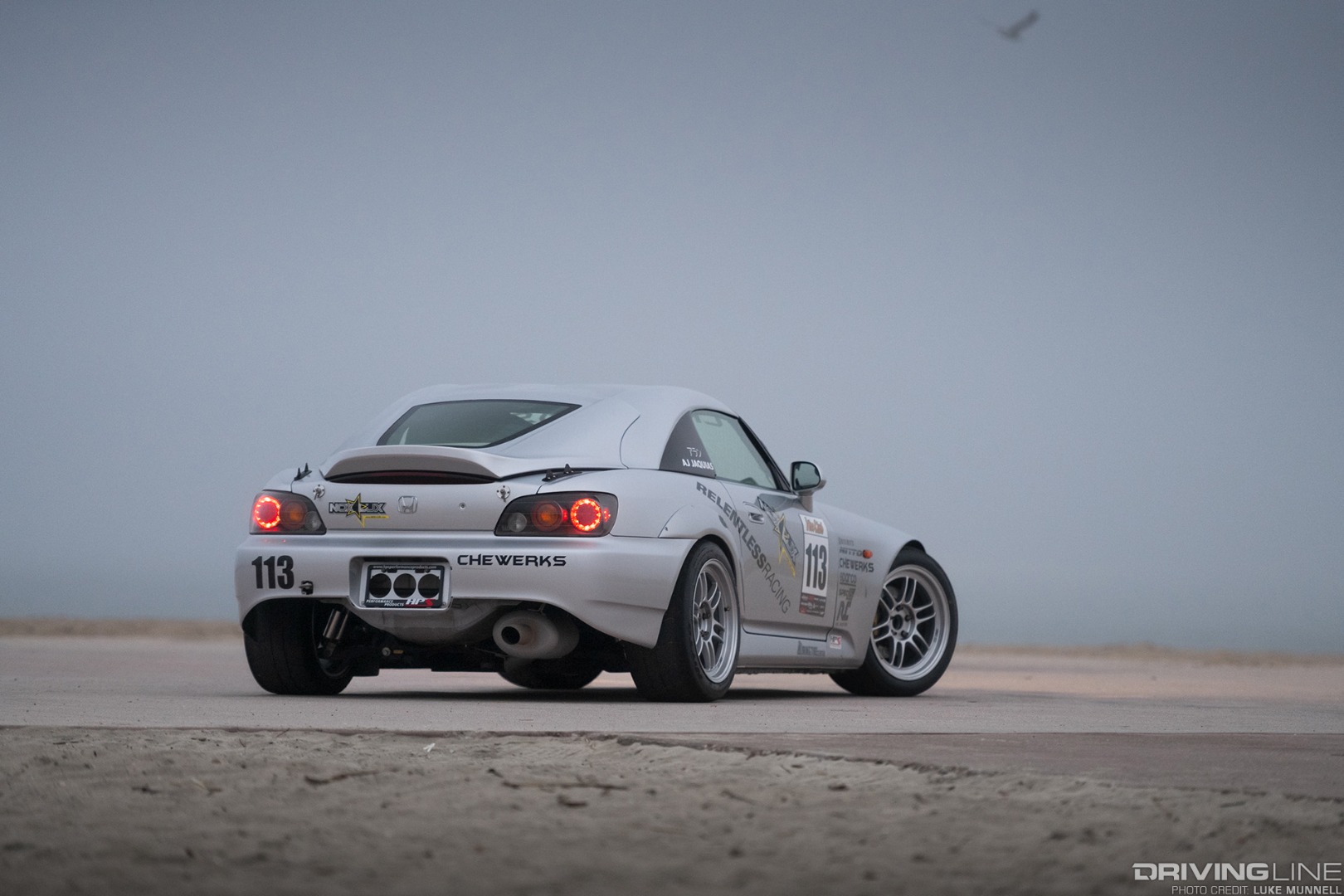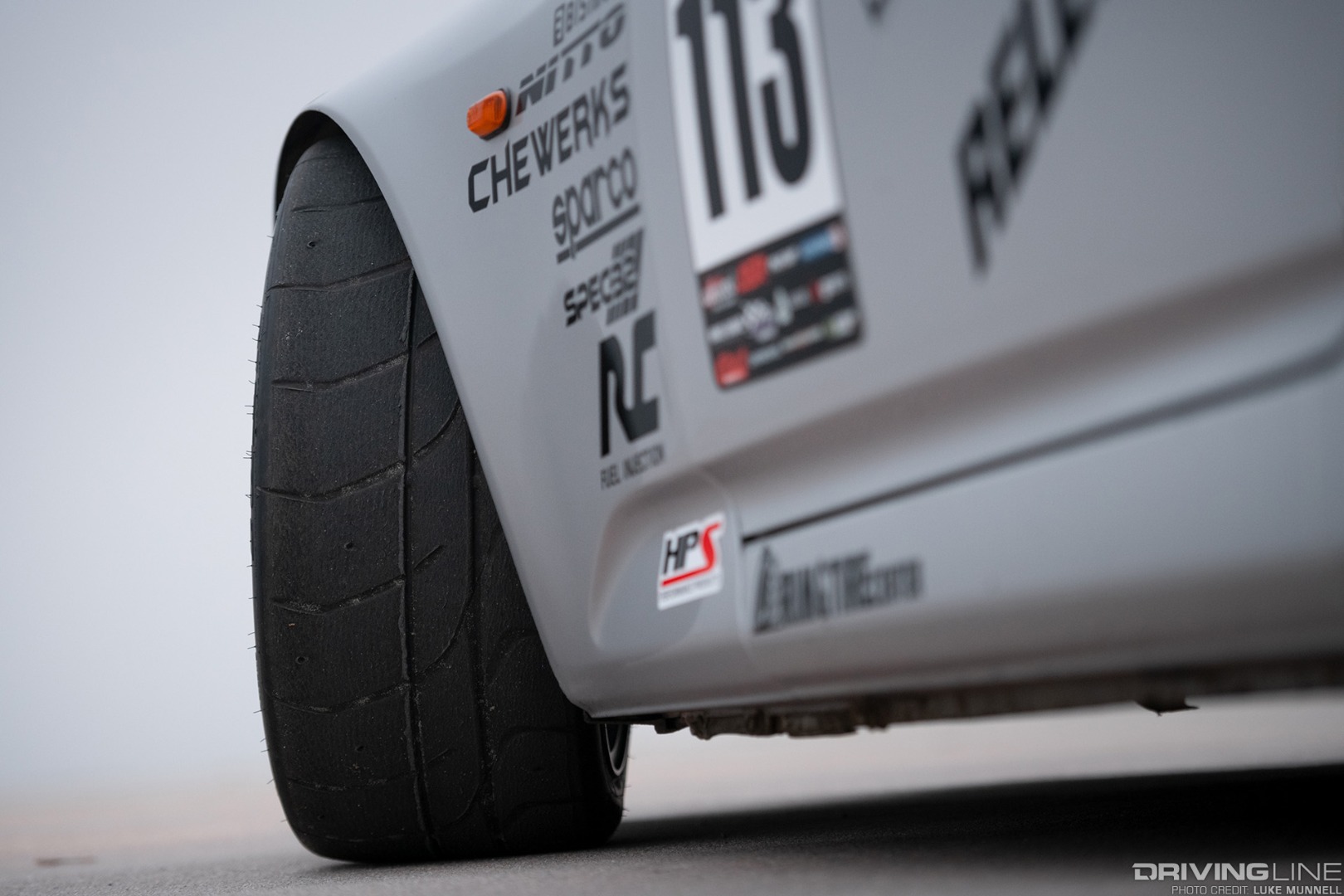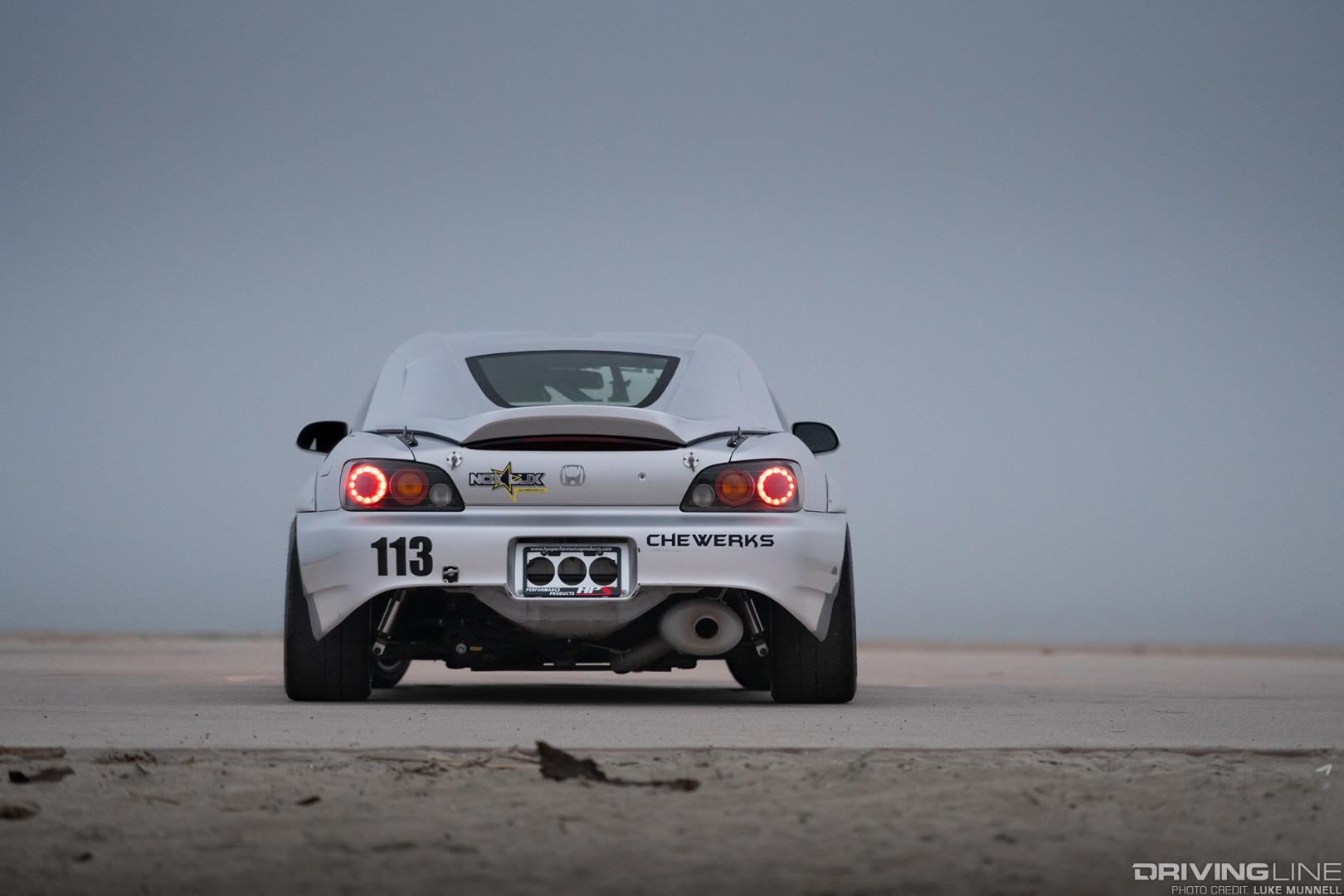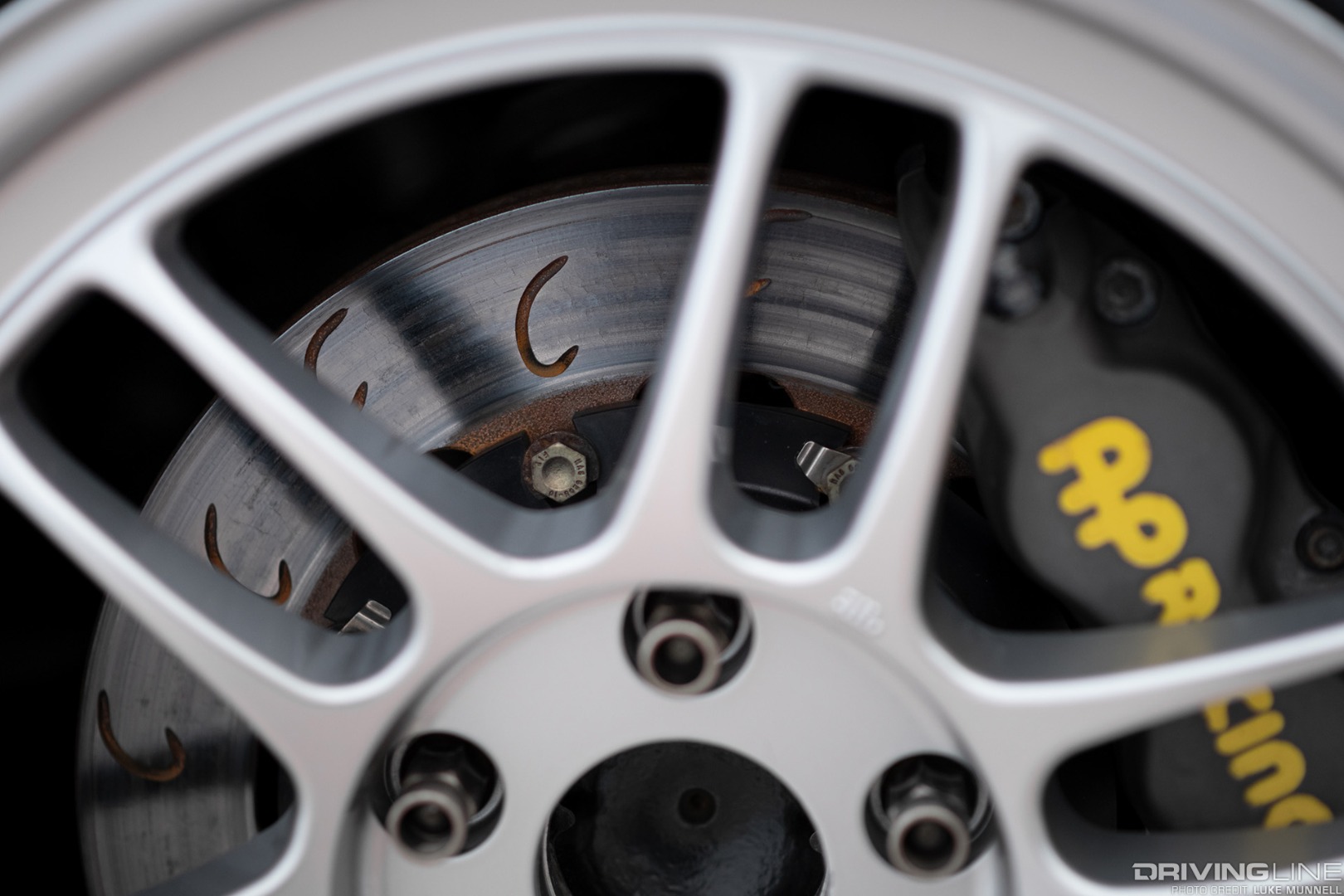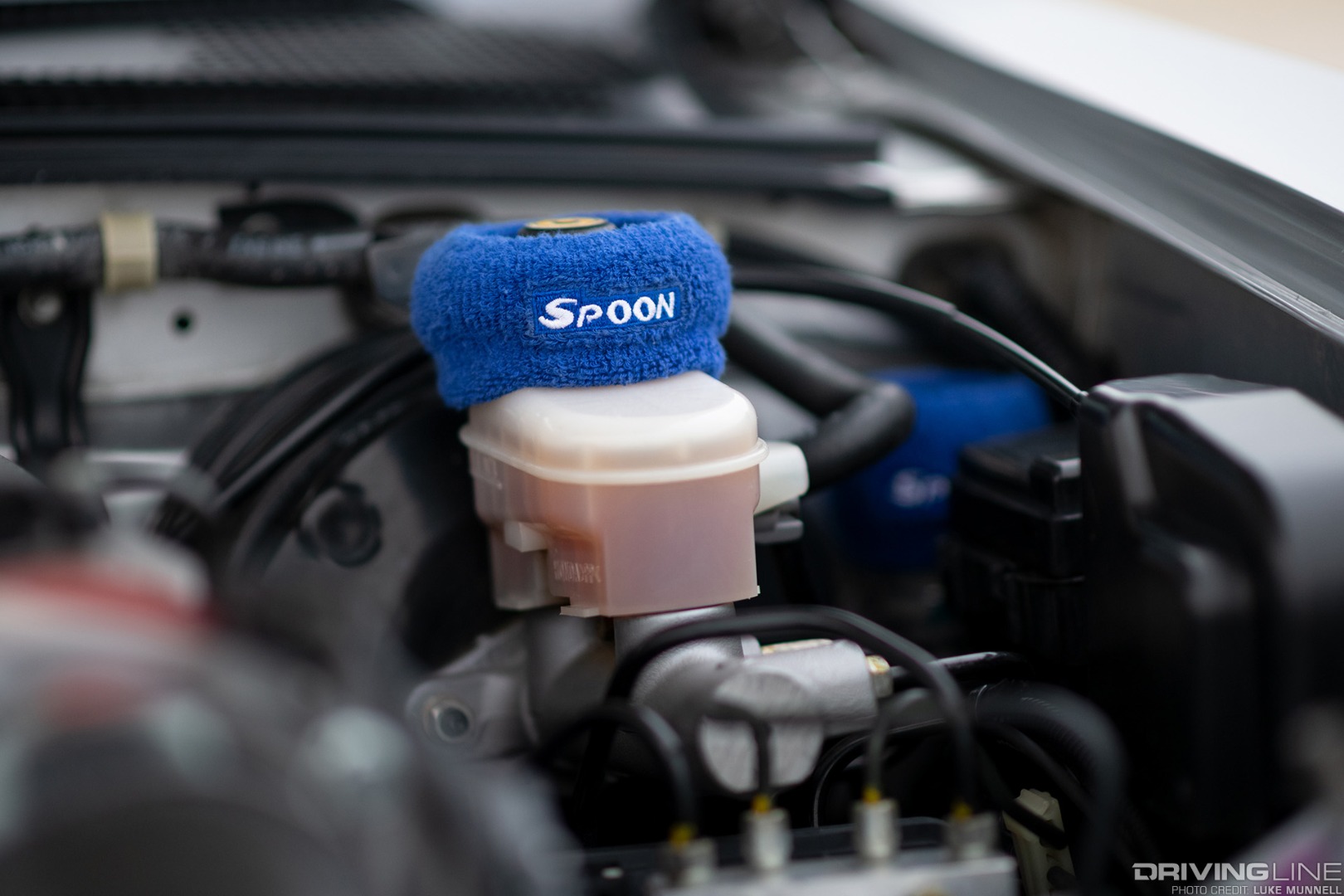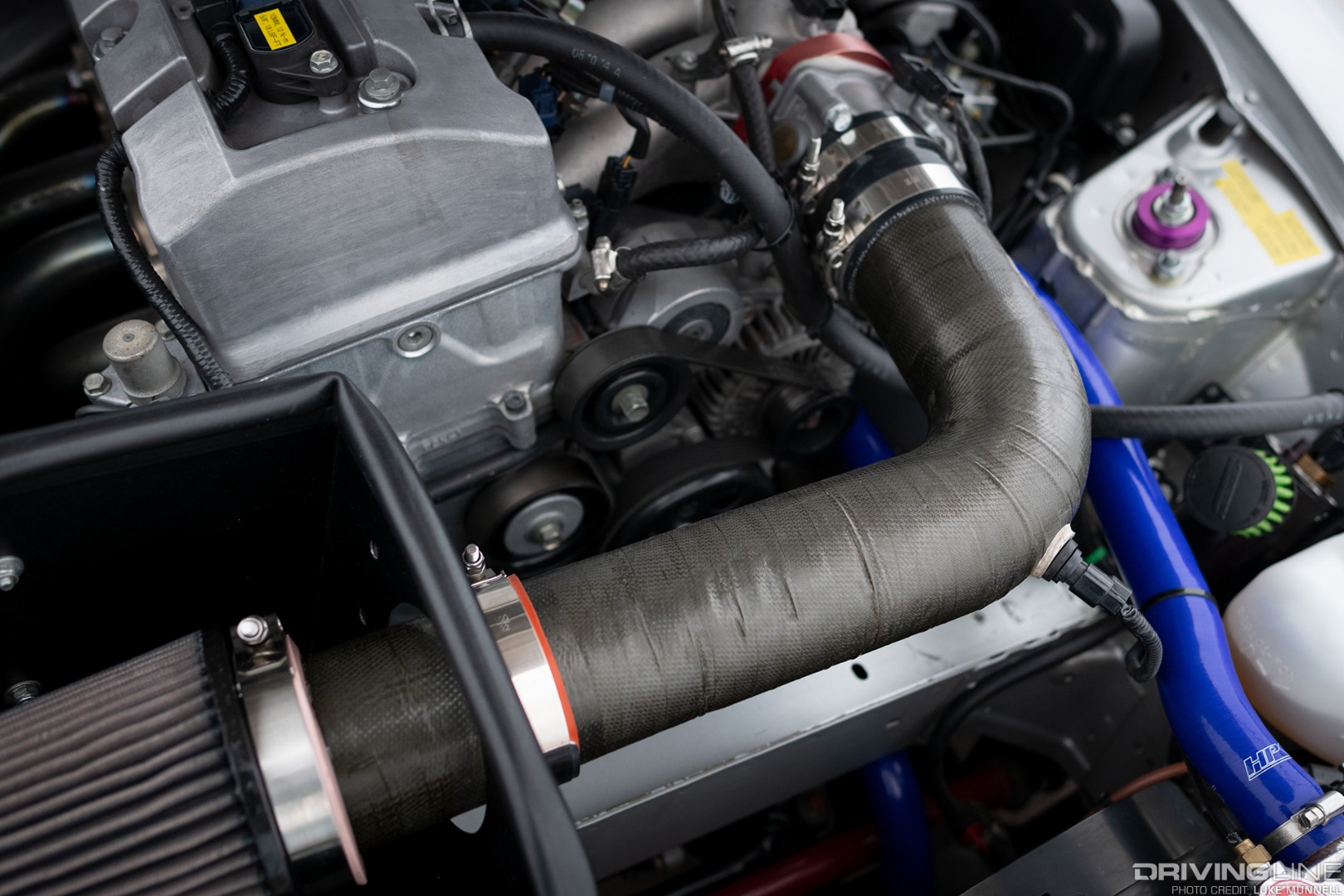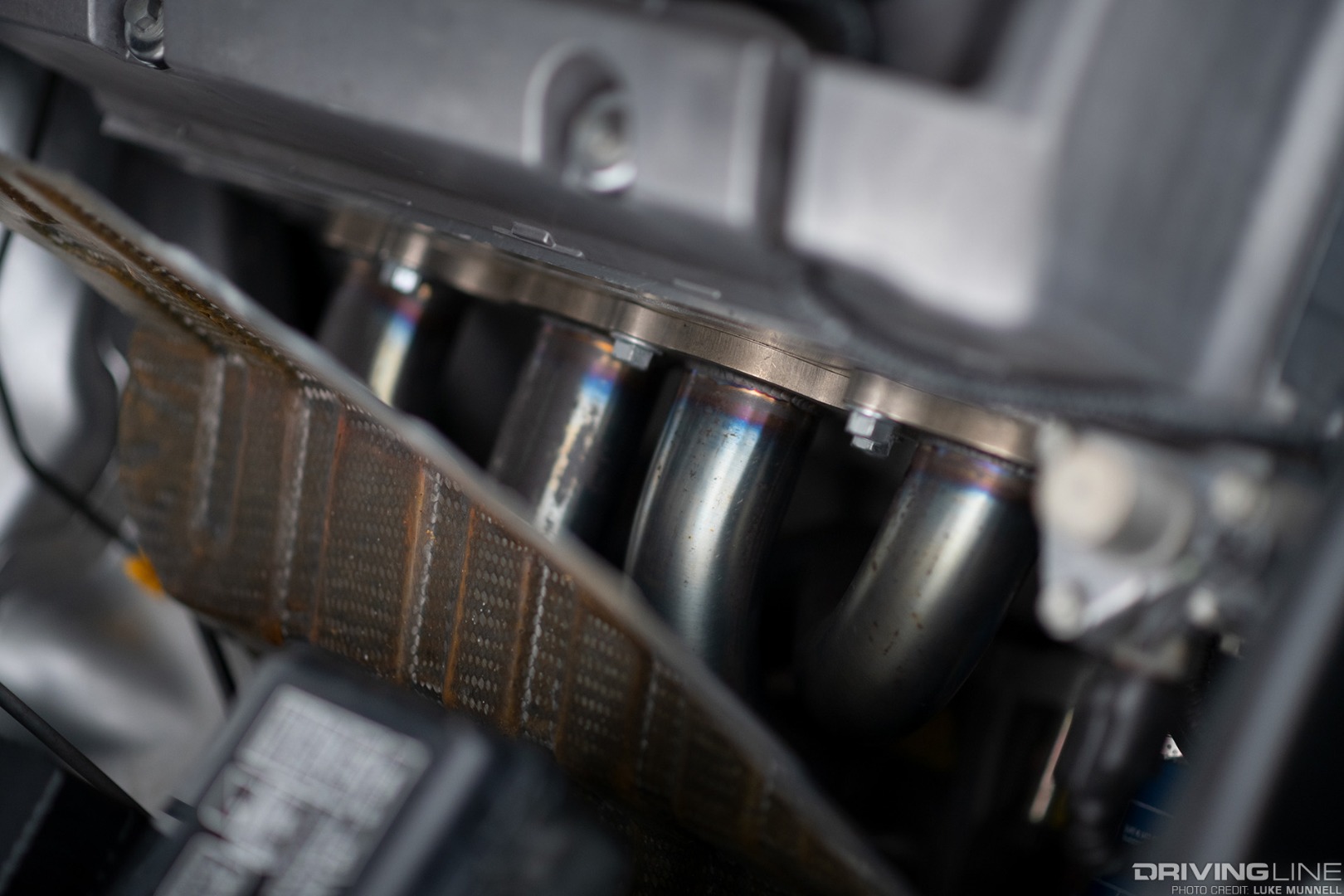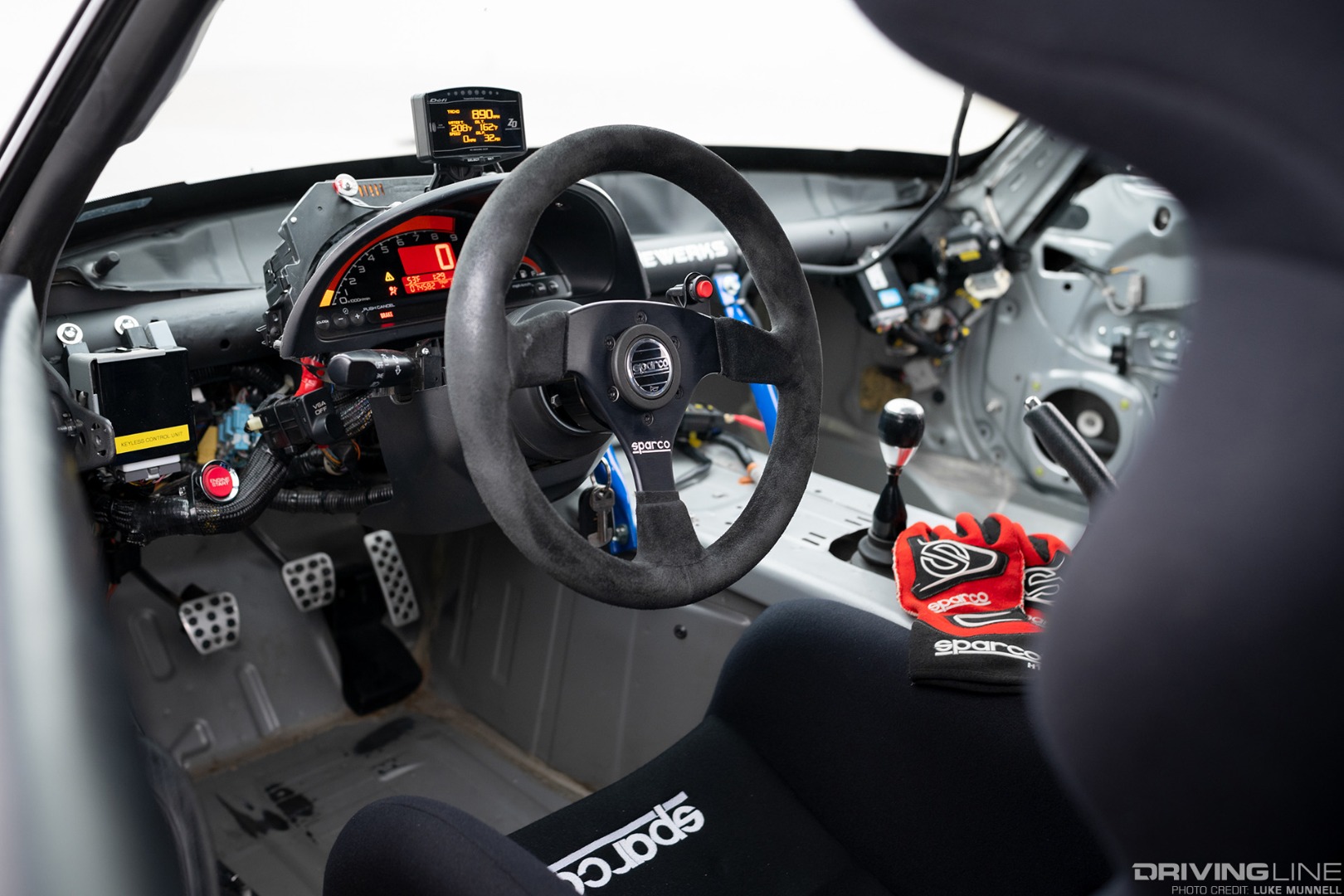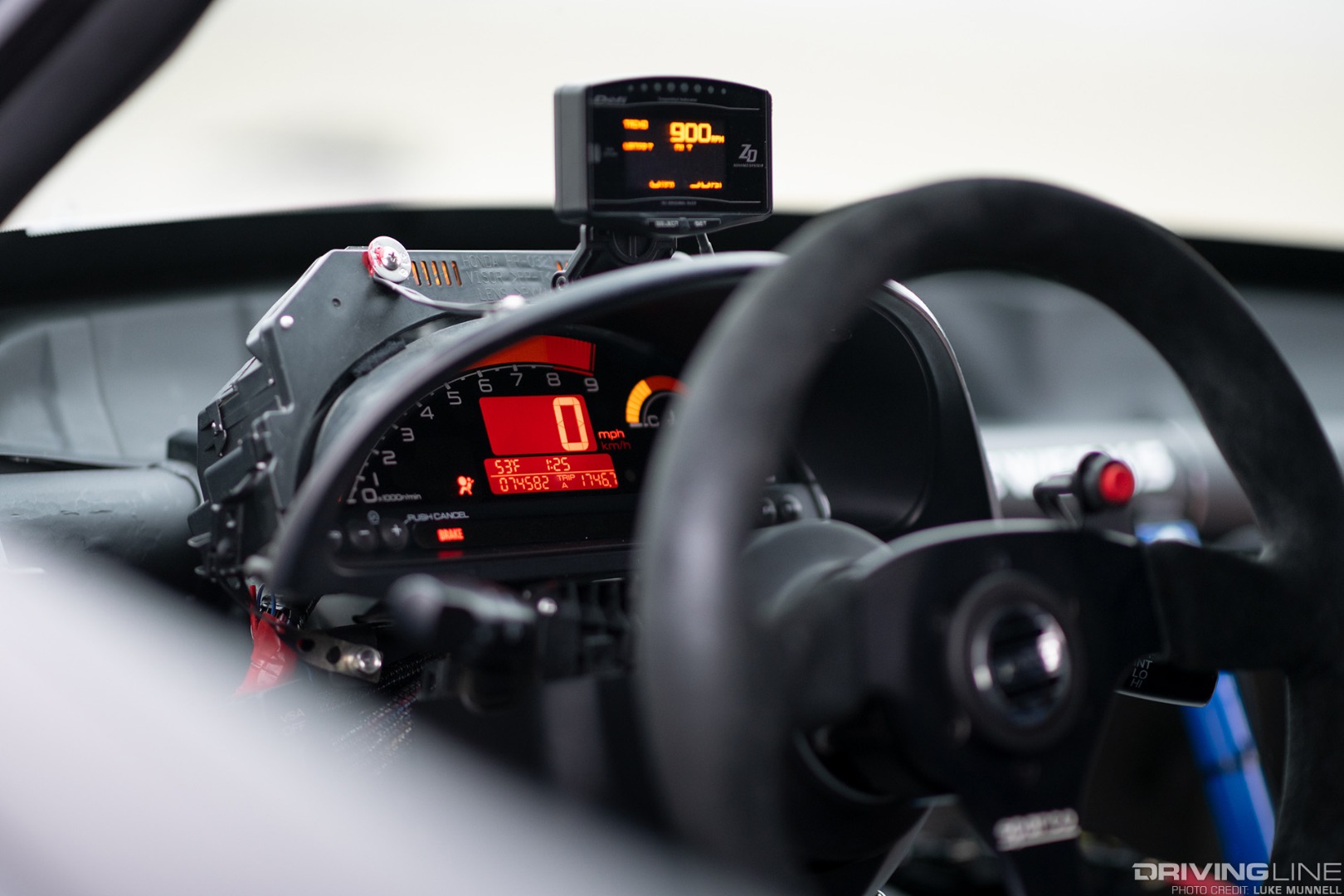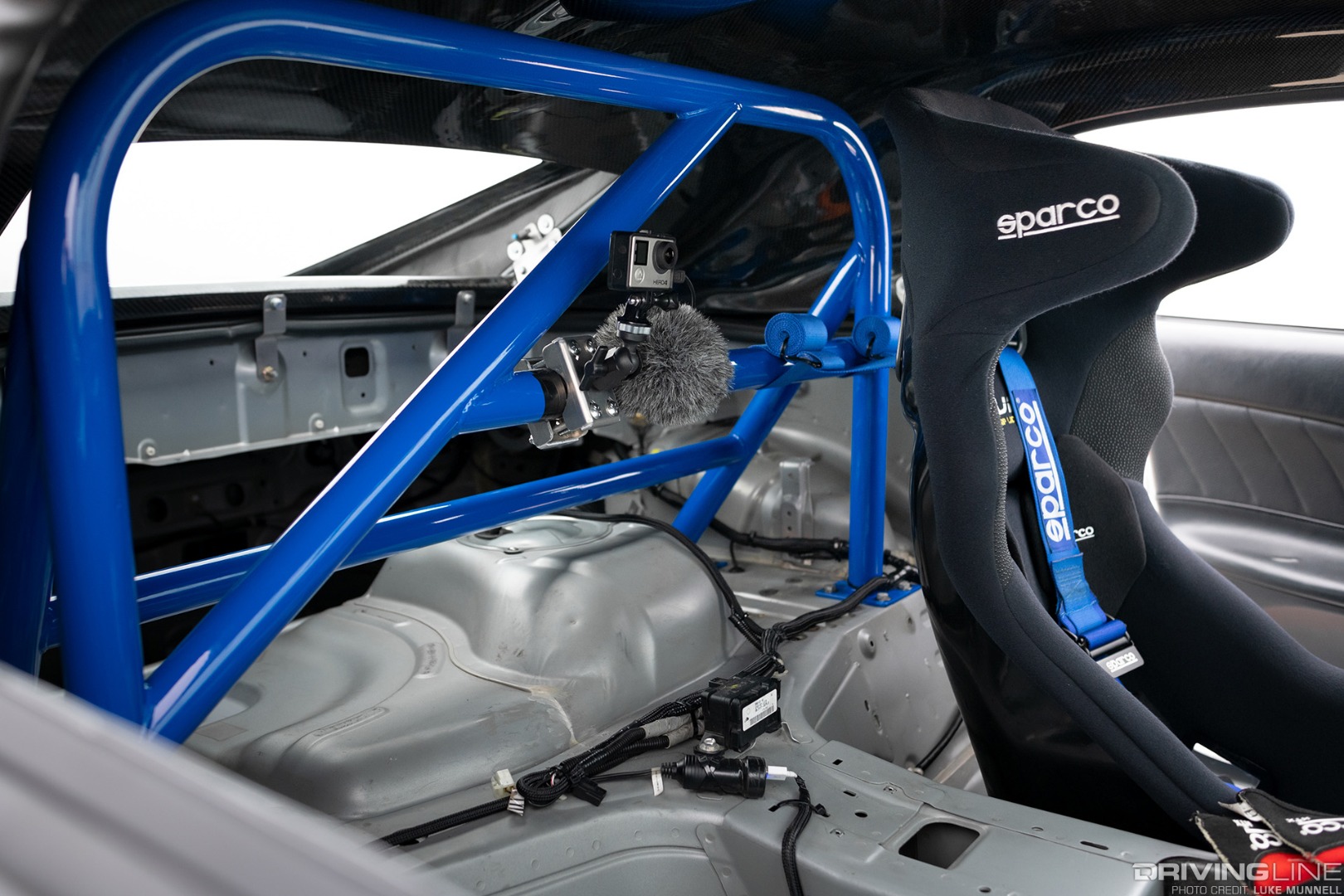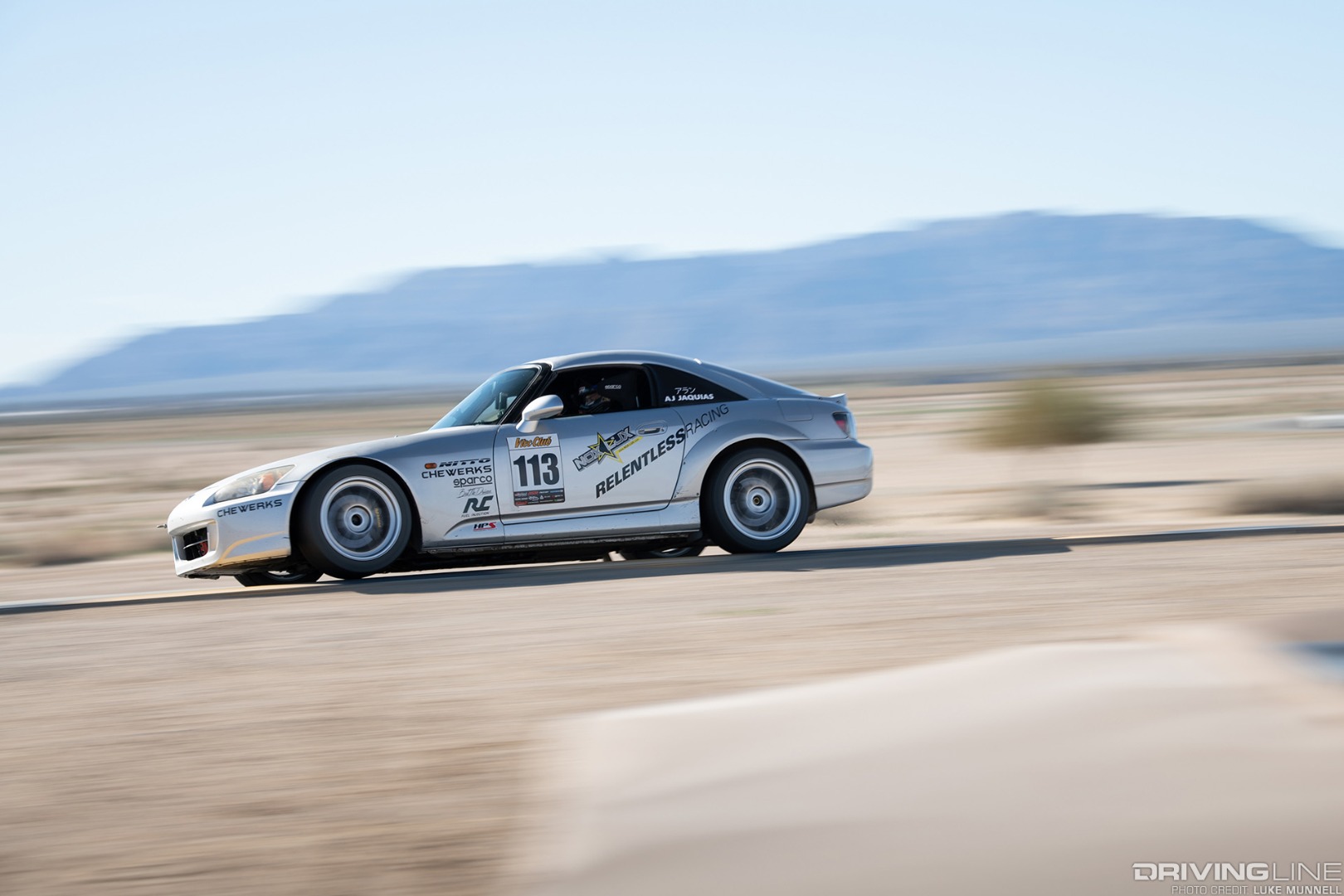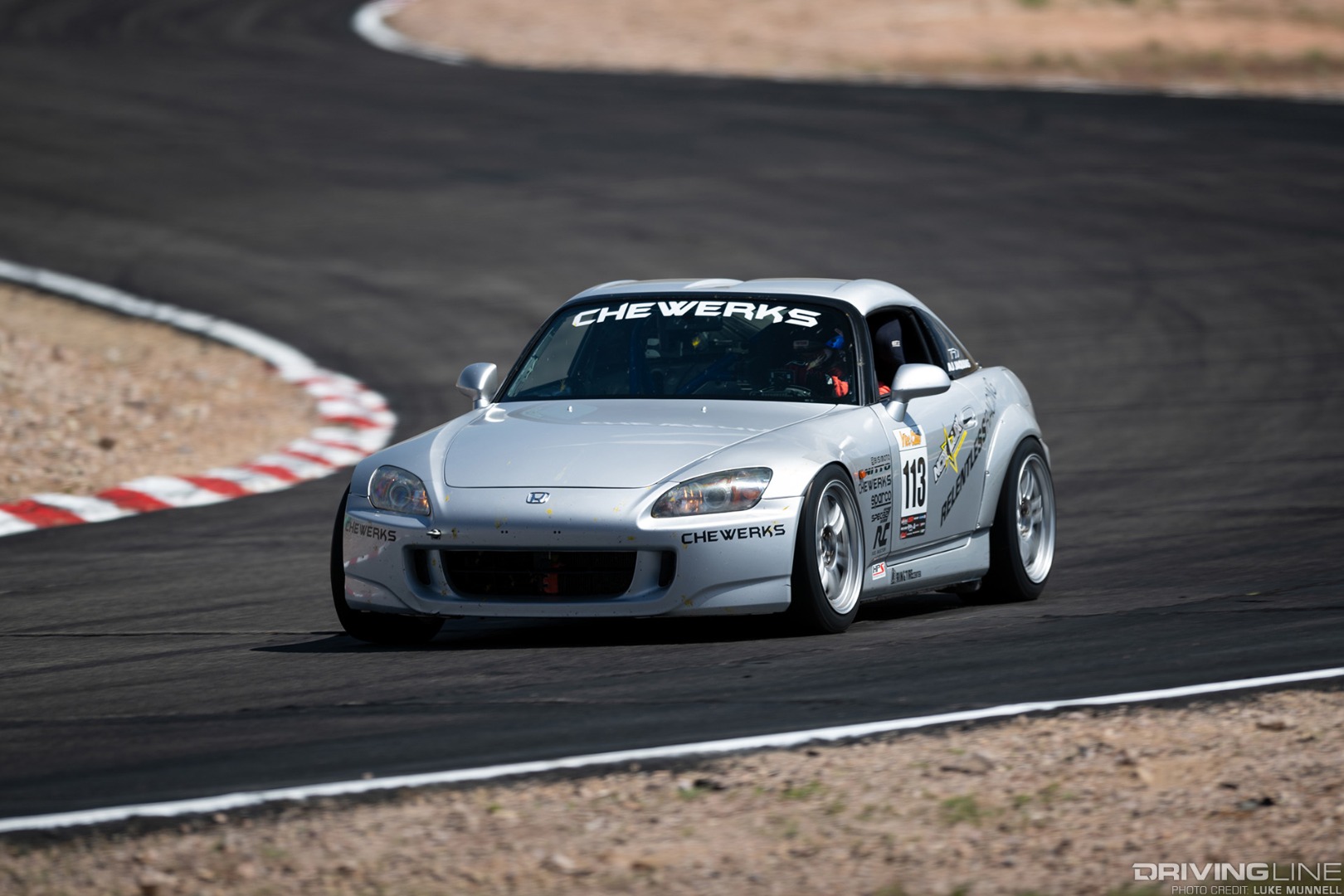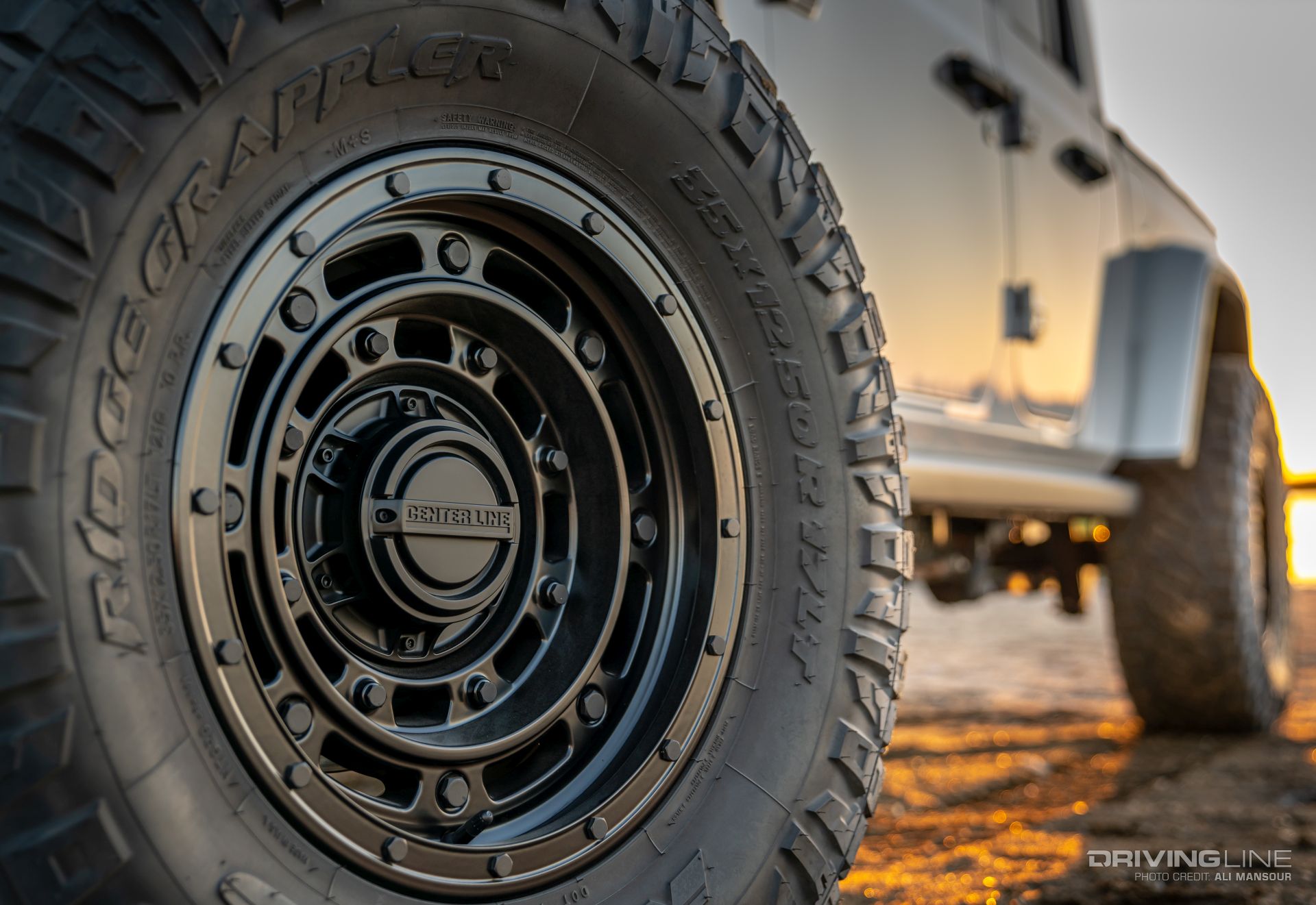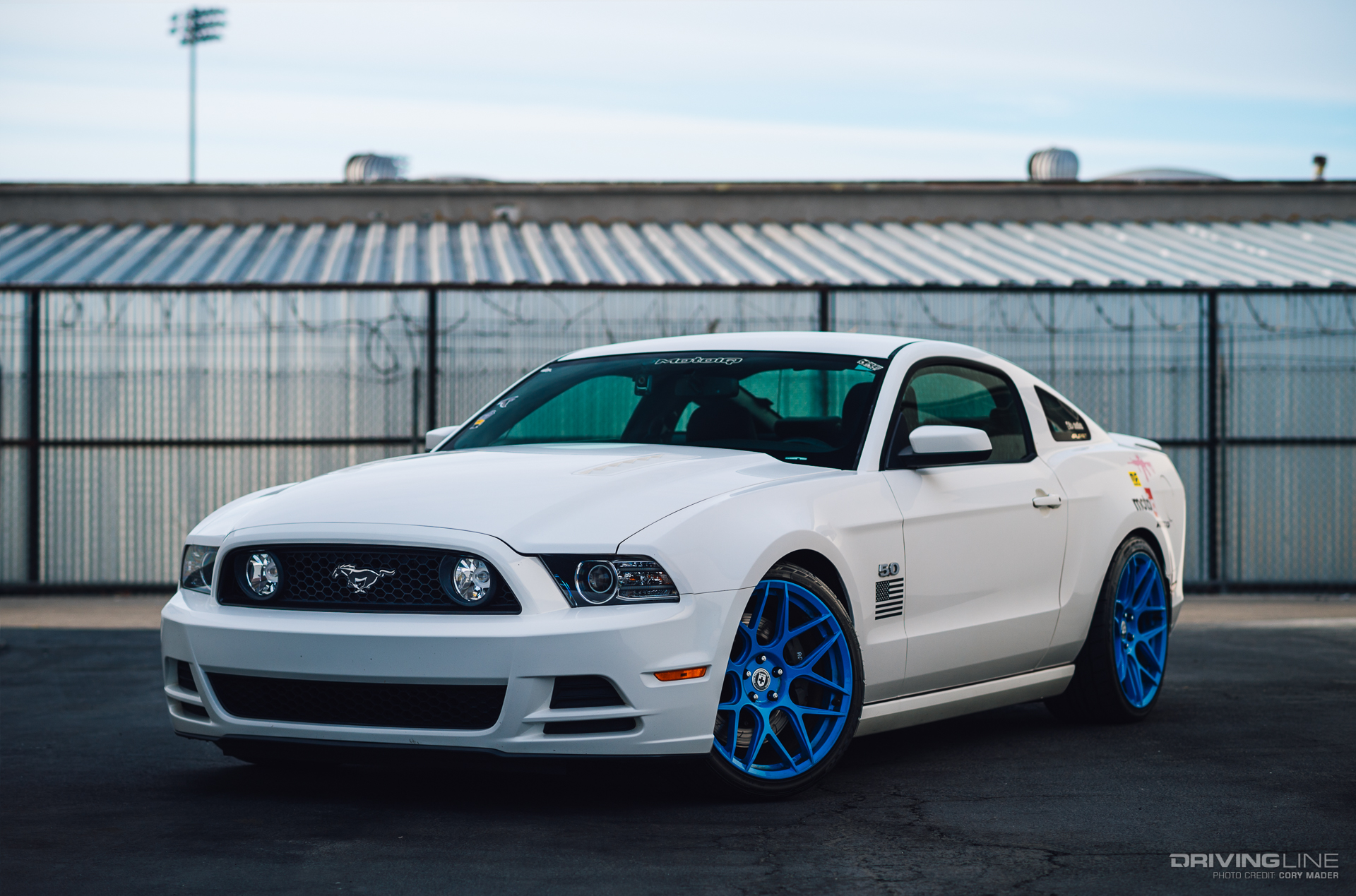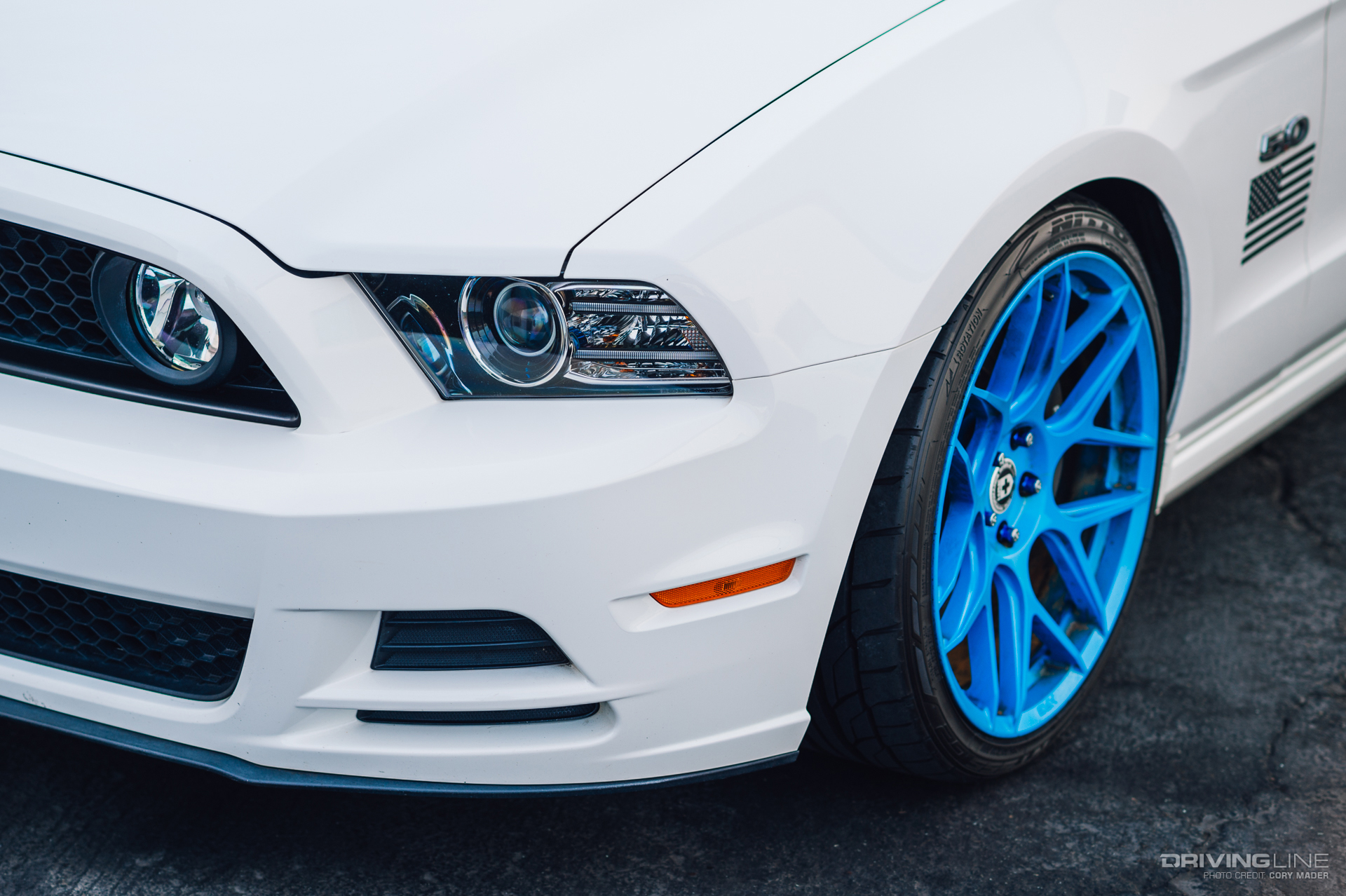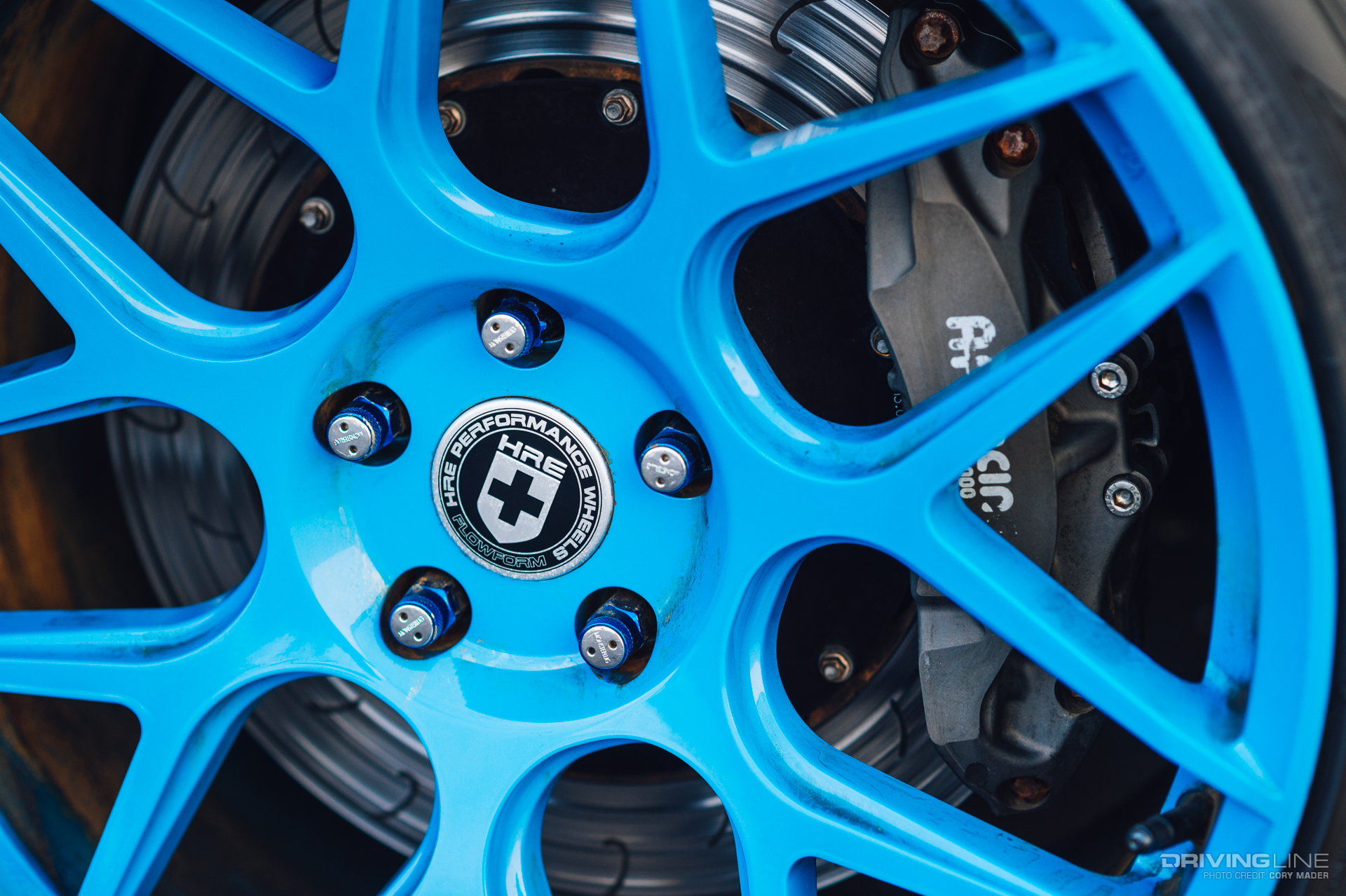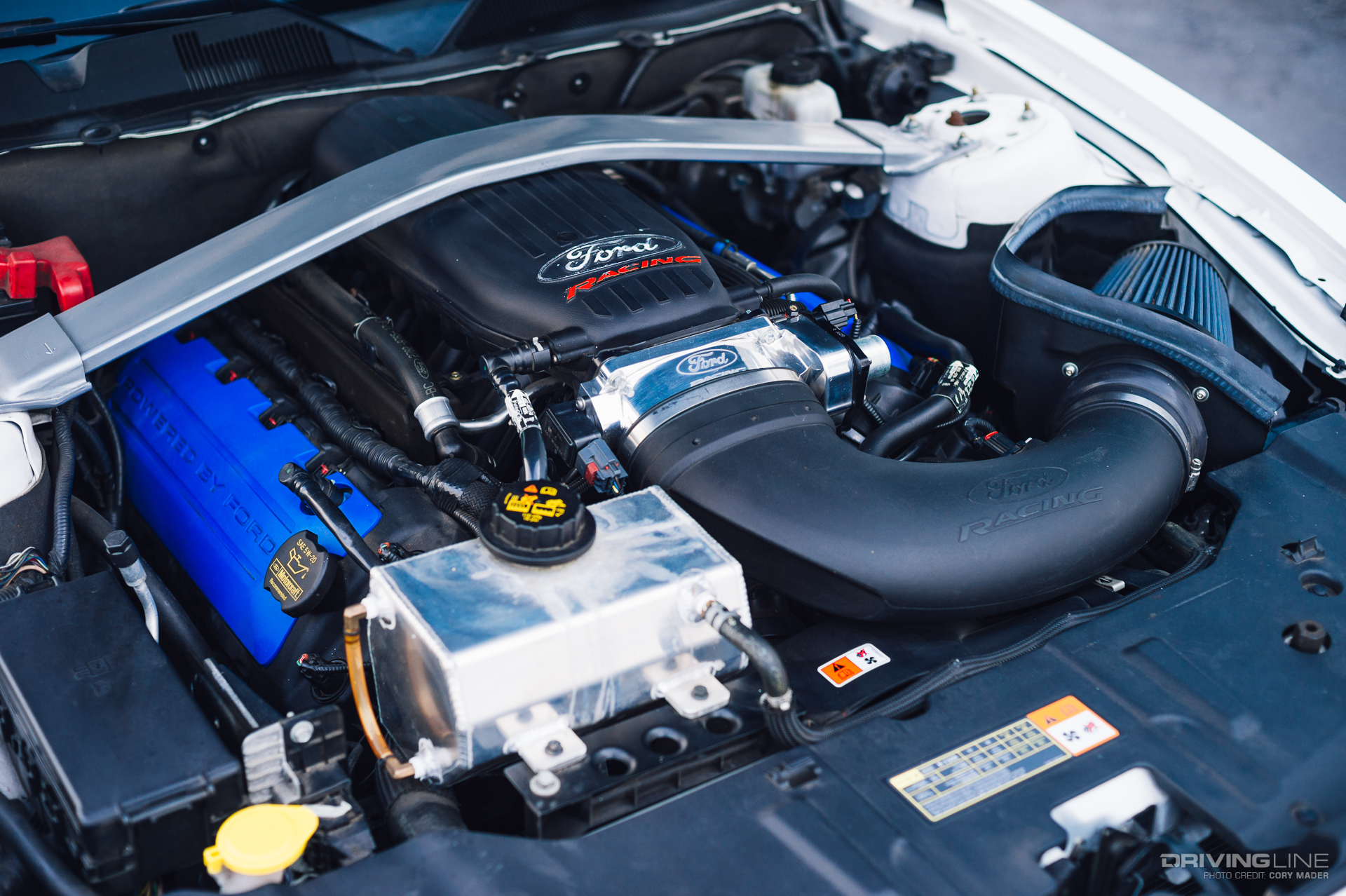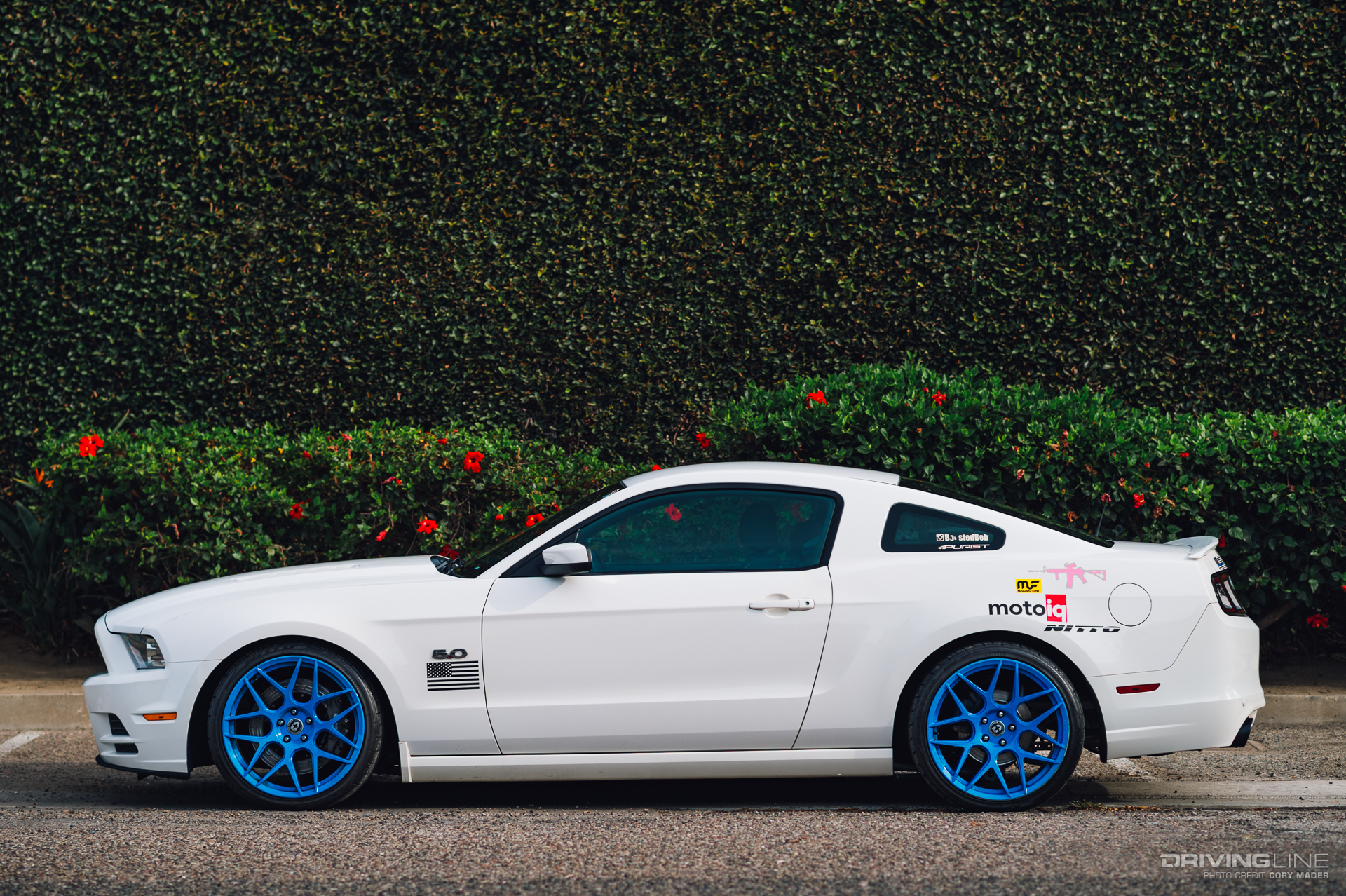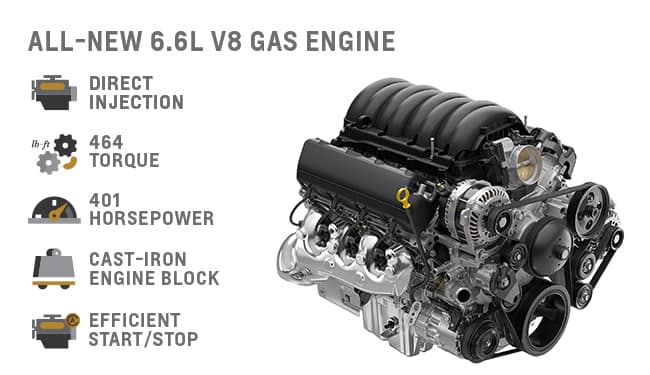Every era of hot rodding and tuning had its usual suspects, those go-to suspension parts, body mods and drivetrain setups that came to define the spirit of the time. Whether it was a question of availability, cost, or technology that pushed performance forward, you can take a snapshot of a particular decade and be reasonably confident that the majority of the cars you'll come across will feature very similar philosophies behind their customized components.
The same is true, of course, for engine swaps. Certain motors were known to dominate the street for years at a stretch, and as a result they became popular options for anyone looking to a quick path to power. The reasons for their popularity are varied, and speak directly to the period in which they had their glory days, with old favorites eventually giving way to new champions in a constant cycle of upgrades.
Here's a quick look at some of the most popular engine swaps in history, along with how and why they achieved success.
1. Small block Chevrolet V8
In 1955 Chevrolet introduced the original 265 cubic inch version of its small block V8 architecture and changed the hot rod game forever. The SBC (small block Chevy) was simple in its design, which made it easy to install and even easier to modify for performance gains. It was also relatively cheap to buy, especially when General Motors began churning out vast quantities of the motor in a variety of different displacements and configurations.

Aftermarket support for the SBC would swell throughout the 60s and 70s, and by the 1980s junkyards were so full of these engines that they became the de facto choice for hot rudders seeking to wake up almost any given platform. There's no question that the small block Chevrolet would enjoy nearly three decades of ruling the domestic hot rod roost, challenged only by yet another GM V8 family towards the end of the 1990s.
2. Honda B-Series VTEC
In the early 2000s, popping the hood on any serious Honda tuner's ride would reveal, almost without fail, a B-series four-cylinder. The automaker's variable-valve timing heads, which would deliver maximum power as the motor screamed towards redline, were a revelation for the import tuning crowd, having first reached American shores in the early 90s in the form of the Acura Integra GS-R. By the end of the decade the B-series had spread to the Del Sol and the Civic Si, and of course the Integra Type R, and eventually versions of VTEC that had originally been JDM-only began trickling across the Pacific.

In addition to their new technology, the B-series engines were also relatively affordable, had massive third-part parts availability, and offered a big power bump for early Honda chassis even in stock form. Built well, they could reliably generate over 400 horsepower from less than two liters of displacement, with 1,000 horsepower tunes found in the glossy pages of magazines shocking more traditional muscle machines on the street.
3. Volkswagen 1.8 R4 20VT
You can consider Volkswagen's 1.8-liter, turbocharged four-cylinder engine, introduced in the early 1990s, to be the German equivalent of the small block Chevy. VW stuffed the little snail-spun 4-banger into almost every possible platform, and variations on this motor—at least spiritually, in terms of size and power—can still be found in modern Volkswagen showrooms.
The ubiquity of the 1.8T meant that owners of base-spec VWs could easily step up and install it when seeking more power, and with a cast-iron block, the R4 could climb mightily from its 150 horse roots to generate hundreds more for not much money. In the early 2000s it was the 1.8T that would kick off the 'chip tune' phenomenon where owners began hacking their ECUs for significant gains in boost and output from relatively stock mechanical setups. If you were serious about performance and a Volkswagen fan at the turn of the Millennium, you were swapping in a 1.8T.
4. Subaru EJ207
Do you own a Subaru Impreza? Seeking a quick and easy swap? The current standard is the EJ207, which is the 2.0-liter turbocharged Japanese-market STI powertrain that was never sold in North America (where the 2.5-liter EJ25 was used instead).
Famed for being more tolerant of higher boost, the EJ207 was offered in three distinct flavors: V7, V8, and V9—dating all the way back to 2002. Largely a drop-and-go swap for the Impreza, it even became a popular choice for WRX owners seeking an upgrade over the original EJ205. Chopped out of their original hosts in Japan and shipped across the ocean in varying degrees of completeness, a V7 swap has become a rite of passage for any GC8 owner seeking to build the car that Americans were denied, or a GD fan tired of dealing with EJ25 issues.
5. General Motors LS V8
Although the SBC is still alive and kicking, there's no question that GM's LS family of V8 engines has taken over the current engine swap zeitgeist. The reasons are largely similar: there are hundreds of thousands of these motors out there, thanks to their use in a number of best-selling pickup trucks, and their modern yet simple design allows them to respond well to aftermarket modifications without sacrificing reliability.
A third factor that has made the LS the reigning V8 swap of its day? Form factor. Unlike the overhead cam engines built by Chrysler and Ford, the LS retains a pushrod design that keeps it relatively compact. This in turn makes it much easier to fit into tighter engine bays, and leaves space for power-adders like turbochargers, superchargers and all of their associated plumbing.
Curious about the thought process behind a cross-platform engine swap? Check out this Ford Coyote versus Chevy LS overview.































